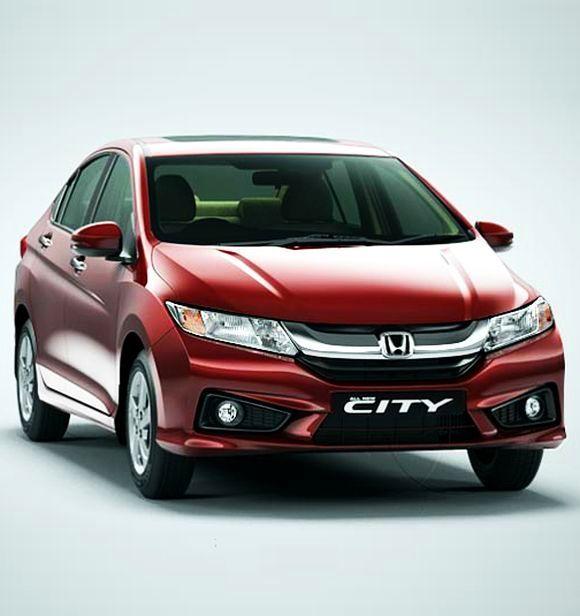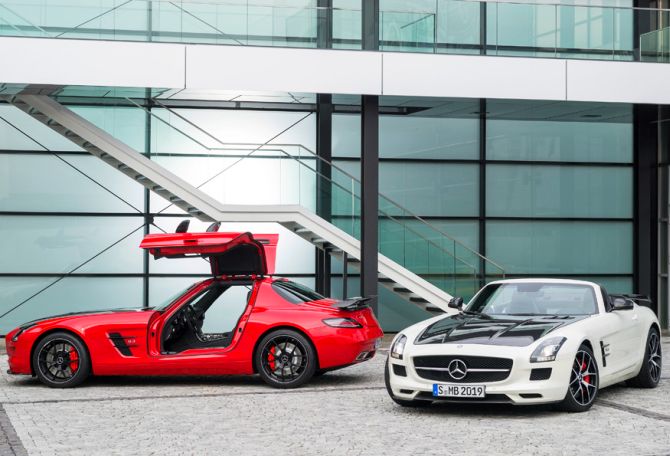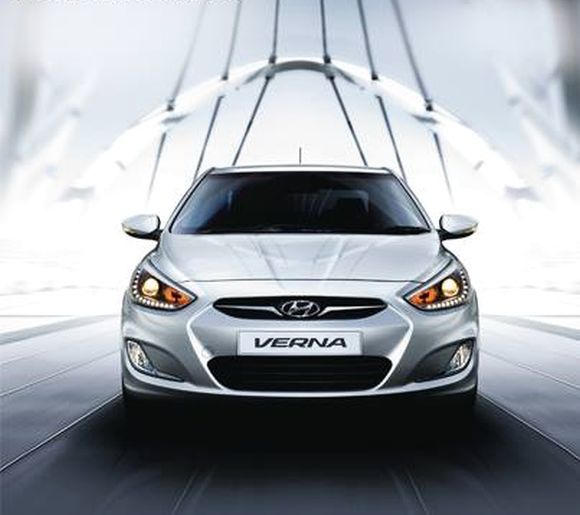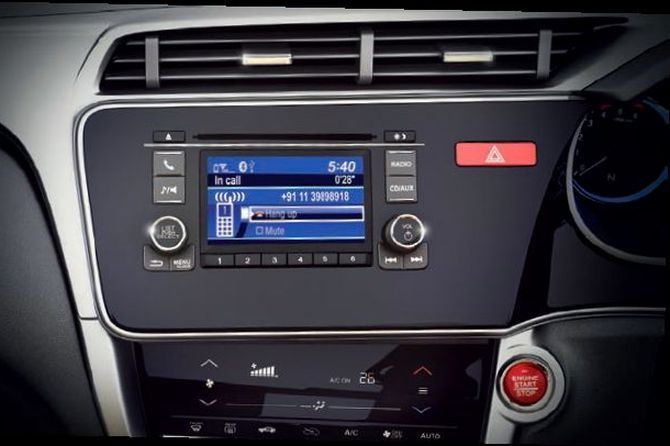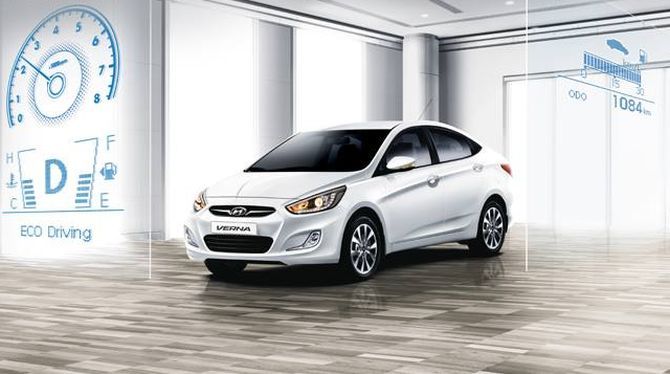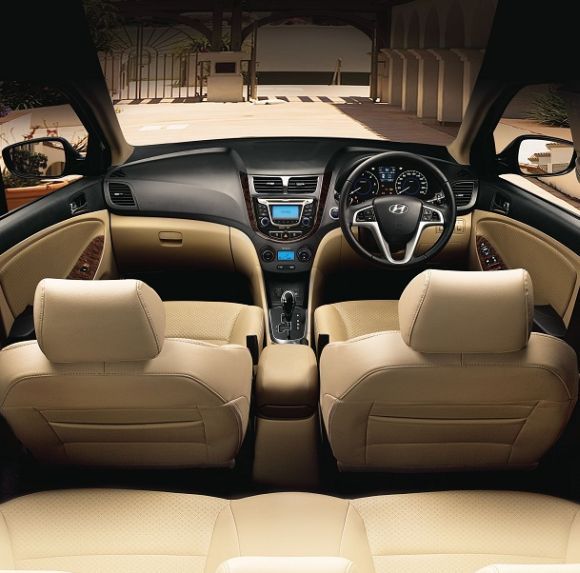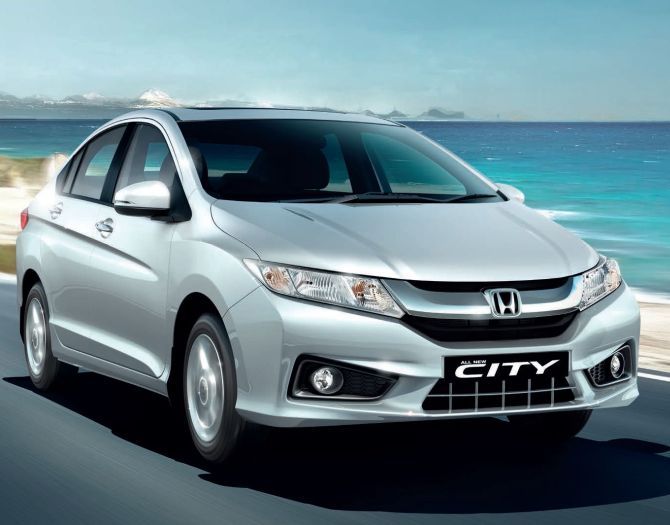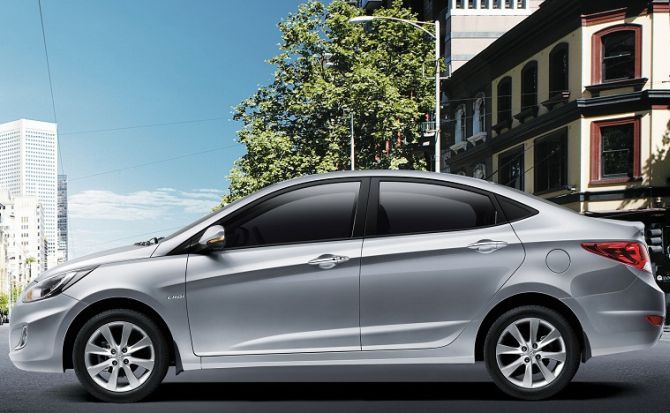 | « Back to article | Print this article |
Honda City diesel vs Hyundai Verna diesel: And the winner is...
For the last 15 years, each and every generation of the Honda City has gone on to become the segment leader.
But the growing demand for diesel-powered cars marked the end of the City's dominance and the rise of a new pack leader - the Hyundai Verna.
This left the Japanese auto firm with no option but to chart new waters. Now in front of us is the result of that effort: the new City with a diesel heart.
We put the ruling C-segment car up against the latest challenger and find out which one drives away with top honours.
Click NEXT to read more…
Honda City diesel vs Hyundai Verna diesel: And the winner is...
Round 1
When the outgoing Honda City was launched, its unique in-your-face arrowhead design received appreciation all around and the company was applauded for taking an aggressive gamble.
The new City continues to carry on the tradition as it makes a style statement and at the same time looks very futuristic.
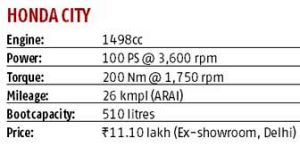 Click NEXT to read more…
Click NEXT to read more…
Honda City diesel vs Hyundai Verna diesel: And the winner is...
The chunky chrome grille follows Honda's new design philosophy called 'H-Design' and gives the car a prominent nose. This also makes the City come across as bigger and taller than it actually is.
Though the new City resembles the previous version a lot, it is not, contrary to popular belief, just an upgrade. It is a spanking new car.
Click NEXT to read more…
Honda City diesel vs Hyundai Verna diesel: And the winner is...
The new angular bumpers add more muscle and, if you look closely, you can see a hint of the Japanese version of the Mercedes AMG design.
The City has never looked so appealing from the side with two creases cutting across the body panel.
Click NEXT to read more…
Honda City diesel vs Hyundai Verna diesel: And the winner is...
The Verna's Fluidic design, initially termed as being too blingy, has swept people off their feet with its low and aggressive stance. The design was so radical that the competition looked old and bland in comparison.
Now in a minor facelift, the new Verna has better headlamps with a strip of LEDs that looks like a string of pearls.
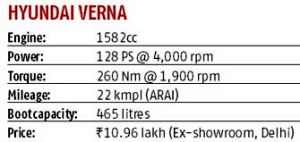 Click NEXT to read more…
Click NEXT to read more…
Honda City diesel vs Hyundai Verna diesel: And the winner is...
More meat has been added with wider tyres, which come with eye-catching 16-inch alloy wheels.
The City's tyres are skinny compared to the Verna's and the Japanese car's alloy wheels' design is almost an afterthought.
Yet, the City manages to nose ahead in design as we have now grown accustomed to the Verna's space-age looks. So for the first round, the scores are:
City: 4/5
Verna: 3.5/5
Click NEXT to read more…
Honda City diesel vs Hyundai Verna diesel: And the winner is...
Round 2
Usually in this segment the cars feel slightly compromised from the interior when it comes to quality or looks. But Honda has worked overtime to make sure the City's interiors are like no other car's.
The cabin is conceived around the driver as the dashboard is tilted towards the person behind the steering wheel as in the Civic.
Click NEXT to read more…
Honda City diesel vs Hyundai Verna diesel: And the winner is...
The use of multiple textures along with matt black and silver finish gives the entire cabin a luxurious feel.
The flat music system panel doubles up as the rear-parking camera display. The wow factor is the touch control panel for the air conditioner and climate control.
The Verna, on the other hand, feels a bit dated with the typical beige colour along with fake wooden panels.
Click NEXT to read more…
Honda City diesel vs Hyundai Verna diesel: And the winner is...
Now, the Hyundai has all the features of a modern car, but the design and appearance have started showing their age.
Both cars match each other in the features department. But again the Honda edges out its Korean rival on the strength of its rear AC vents, twin 12-volt sockets for the rear passengers and the more generous legroom.
Points for this round:
City: 4.5/5
Verna: 3/5
Click NEXT to read more…
Honda City diesel vs Hyundai Verna diesel: And the winner is...
Round 3
Step on the accelerator and the Verna gallops like a charged-up stallion. With 128 horses under the hood, it is lightning fast and with taller gears and higher torque power, this machine leaves its competition eating dust.
The icing on the cake is the 1.6-litre engine, which is refined and emits no annoying noise in the cabin.
Click NEXT to read more…
Honda City diesel vs Hyundai Verna diesel: And the winner is...
When it comes to performance, Hyundai has always been known for its powerful diesel engines and this one is no different.
And now, armed with new and stiffer suspensions, the Verna is not only blistering fast in a straight line but also takes turns with a lot more confidence as the body roll has reduced drastically.
Click NEXT to read more…
Honda City diesel vs Hyundai Verna diesel: And the winner is...
The steering wheel also provides feedback, as a result you can now feel you are more in control of the car.
The City's weakness is its engine, which normally is Honda's trump card. It feels loud and unrefined.
Though the car has a linear power supply, you get this nagging feeling that the vehicle is in constant need of increased acceleration.
Click NEXT to read more…
Honda City diesel vs Hyundai Verna diesel: And the winner is...
Another disappointment is the six-speed manual gearbox which feels sticky and slightly crude. The gear doesn't slot in without a stern shove.
The previous City would almost scrape over a speed breaker but now with higher ground clearance, that is a problem of the past. Points for this round:
City: 3.5/5
Verna: 4/5
Click NEXT to read more…
Honda City diesel vs Hyundai Verna diesel: And the winner is...
First past the post
Okay, let's tote up the score out of a possible 15 points: Honda City 12 points, Hyundai Verna 10.5 points. So there you are.
From bikers to different types of car owners, everyone stopped us on the roads and volleyed us with questions about the City.
Click NEXT to read more…
Honda City diesel vs Hyundai Verna diesel: And the winner is...
This shows what respect and expectation the City commands in everyone's mind. To some extent, the Honda car even surpasses these expectations.
However, even if it is one of the most fuel-efficient sedans in the market, the company still needs to tweak the engine's power and refine it.
Click NEXT to read more…
The Verna was a trendsetter, but it is now ageing. Hyundai has improved the ride quality, which is a brilliant move, but a spruce-up job is required, especially for the interiors. This radical diesel sedan is the fastest in the segment, but the big H's reputation and the legend of the City will give the Korean sedan a tough run for its money.
The Verna was a trendsetter, but it is now ageing. Hyundai has improved the ride quality, which is a brilliant move, but a spruce-up job is required, especially for the interiors.
This radical diesel sedan is the fastest in the segment, but the big H's reputation and the legend of the City will give the Korean sedan a tough run for its money.
